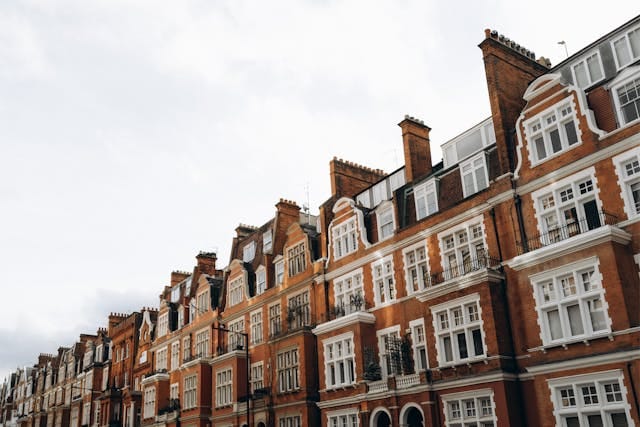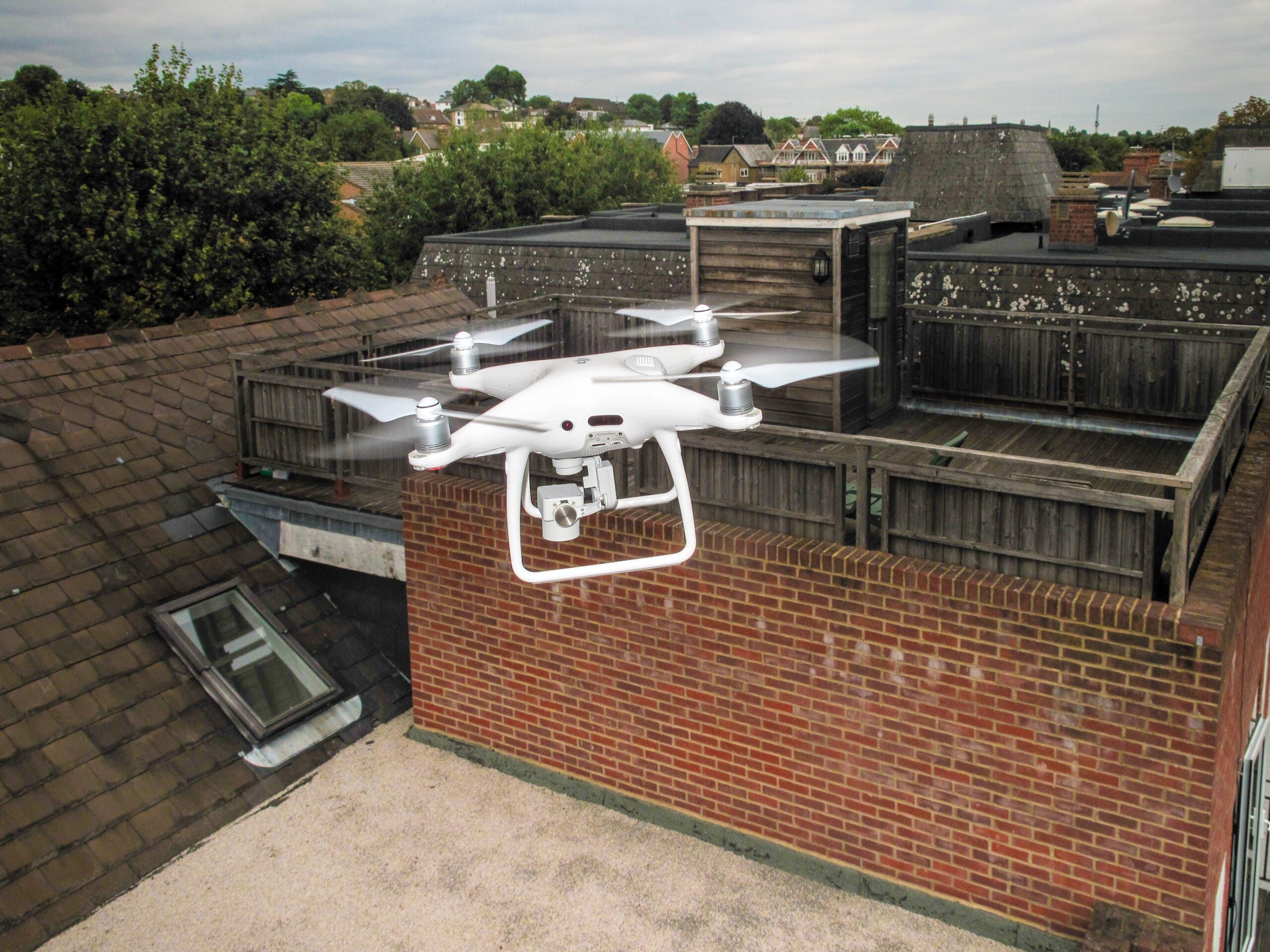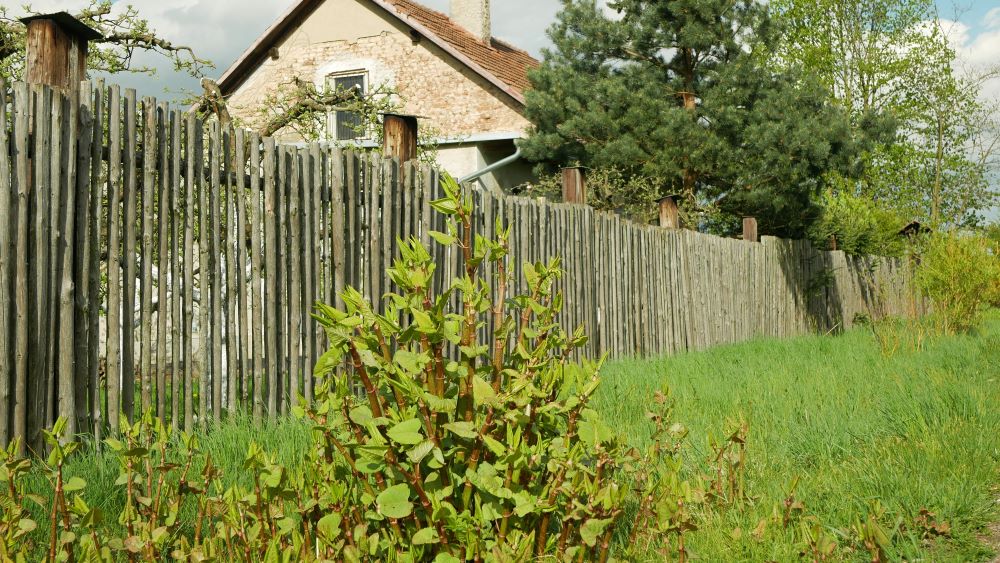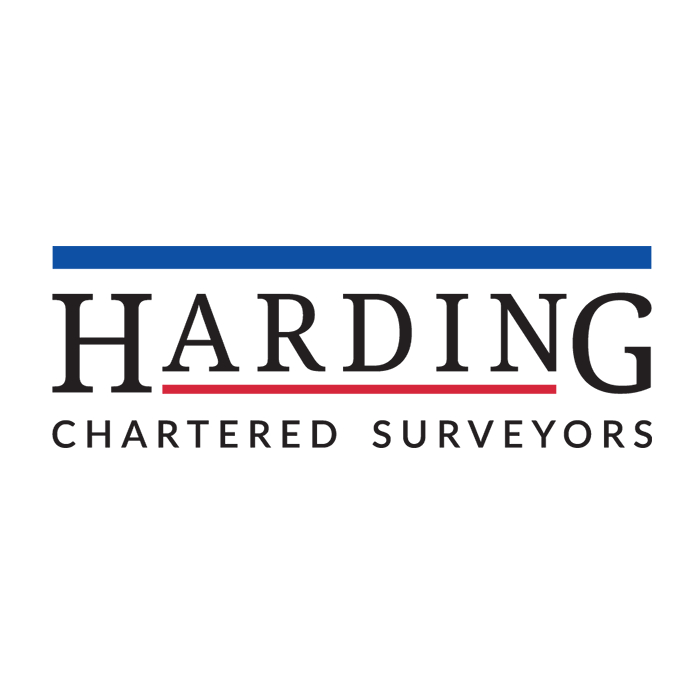Flat Survey | Advice for Buying a London Flat
What do Surveyors check in a Flat?
When surveying a London flat, a Chartered Surveyor examines various aspects to assess the condition of the property and identify potential issues. The process typically includes:
- Structural Integrity: Checking the flat’s foundations, walls, and ceilings for signs of structural damage such as cracks, dampness, or subsidence.
- Roof and Loft: Inspect the roof (if accessible) for any signs of damage, leaks, or missing tiles, as well as the condition of the loft space.
- Dampness and Insulation: Identify any damp issues, including rising dampness, penetrating dampness, or condensation, and assess the quality of insulation.
- Plumbing and Electrical Systems: Examining the condition of plumbing systems, including pipes, drainage, and water pressure.
- Windows and Doors: Inspect the condition and functionality of windows and doors, ensuring they are secure, properly sealed, and energy-efficient.
- Heating and Ventilation: Evaluating the state of heating systems, such as boilers and radiators, and checking ventilation in kitchens and bathrooms to prevent mould.
- Fixtures and Fittings: Review the condition of built-in fixtures and fittings and any additional features specific to the flat.
- Common Areas and External Factors: If applicable, assess the state of communal areas, external walls, and roofing, as well as any potential issues related to the surrounding environment or local infrastructure.
The surveyor compiles these findings into a detailed report, highlighting any significant defects, maintenance recommendations, and potential future issues to ensure the buyer makes an informed decision.
Do I need a House Survey on a Leasehold Flat?
For several reasons, getting a house survey on a leasehold flat is generally considered worthwhile. While the leasehold arrangement means you don’t own the property outright, you still need to be aware of the flat's condition and any potential issues that could affect your investment and living conditions.
Identifying Structural Issues: A survey can uncover hidden structural problems such as dampness, subsidence, or faulty plumbing and electrical systems. These issues can be costly to repair and could affect your decision to proceed with the purchase.
Assessing Maintenance Needs: Understanding the current state of the flat helps you anticipate future maintenance and repair costs. This is particularly important for leasehold properties, where the maintenance of common areas and exterior walls can involve shared costs among leaseholders.
Evaluating the Lease: A survey might also provide insights into the terms of the lease, including the length of the lease, service charges, and any restrictions or obligations you need to be aware of. This information can influence the property's value and your decision to buy.
Peace of Mind: Knowing that the flat has been professionally assessed can provide peace of mind, ensuring there are no surprises after purchase. It also strengthens your position when negotiating the purchase price or requesting repairs before completion.
Financial Implications: If significant issues are found, you might use this information to renegotiate the purchase price or require the current owner to fix the problems. This can save you money and hassle in the long run.
In summary, a house survey report on a leasehold flat is a valuable step in the buying process. It provides crucial information about the property's condition, potential future expenses, and lease terms. This helps ensure you make an informed decision and avoid costly surprises.

How much does a Flat Survey Cost?
The cost of a flat survey can vary depending on the type and thoroughness required. A Homebuyers Survey, suitable for most conventional flats in reasonable condition, typically starts from around £700. This survey provides a detailed report on the property's condition, highlighting significant defects and potential issues.
A Level 3 Building Survey, also known as a full structural survey, is recommended for more comprehensive insight. This is ideal for older or more complex properties and offers an in-depth examination of the flat's condition, including detailed advice on defects, repairs, and maintenance. The cost for a Level 3 Building Survey generally starts from £800.
These starting prices can vary based on factors such as the size and location of the flat, the surveyor's expertise, and the complexity of the survey. Obtaining quotes from several qualified surveyors ensures you get the best value for your money. Investing in a professional survey can save you from unexpected repair costs and provide peace of mind when purchasing a flat.


Flat Survey Quotation
Types of RICS Home Survey
RICS Level 2 - Home Survey
An RICS Level 2 Survey, also known as a HomeBuyer Report, is a type of survey conducted by a qualified surveyor from the Royal Institution of Chartered Surveyors (RICS). It provides a detailed assessment of a property's condition, suitable for conventional properties in reasonable conditions. The survey includes a visual inspection, highlighting significant defects and potential problems affecting the property's value. It also offers guidance on maintenance and repairs, summarises risks, and provides a valuation.
In contrast, an RICS Level 3 Survey, or Building Survey, is more comprehensive and detailed, suitable for older or more complex properties. It includes thoroughly examining all accessible areas and detailed advice on defects, repairs, and maintenance.
RICS Level 3 - Home Survey
How do you find a Surveyor for a Flat Survey?
Harding Chartered Surveyors are experienced RICS Surveyors who provide comprehensive surveys tailored to your needs for getting a flat survey. They offer both Homebuyers Surveys and Level 3 Building Surveys, ensuring you receive detailed and accurate information about the flat you are considering purchasing.



















